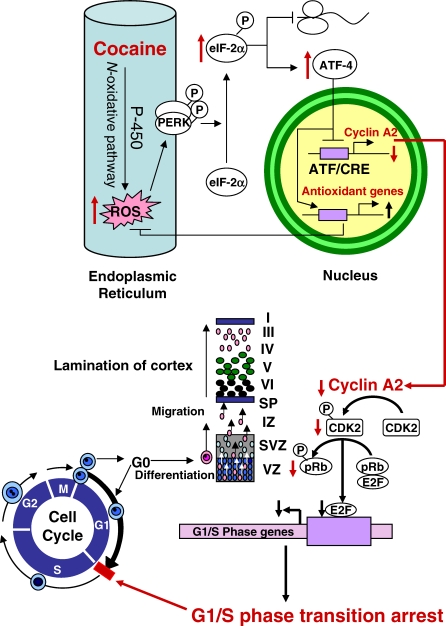Figure 8. Schematic Illustrating the Mechanism of Cocaine's Effect on Brain Development Described in this Study.
During cortical neurogenesis, ventricular progenitors (blue) withdraw from the cell cycle (pink) and start to differentiate and migrate to their specific destinations to form cortical layers. Exposure to cocaine during neocortical development causes rapid ROS accumulation in ER via cytochrome P450 dependent N-oxidative metabolism. ROS-induced oxidative ER stress leads to activation of the PERK/eIF2α/ATF4 pathway. ATF4 represses the transcription of cyclin A2 in neural progenitor cells. Blocking cell cycle progression by cyclin A down-regulation may result in fewer immature neurons migrating into the cortex to form the cortical layers. I, III, IV, V, and VI, cortical layers I, III, IV, V, and VI; IZ, intermediate zone; SP, superficial portion of the intermediate zone; SVZ, subventricular zones; VZ, ventricular zone. Up-regulation or activation of transcripts or proteins is denoted by ↑; down-regulation or inactivation of transcripts or proteins is denoted by ↓. Changes indicated by red arrows were confirmed by quantitative real-time RT-PCR or Western blot analysis in this study.

